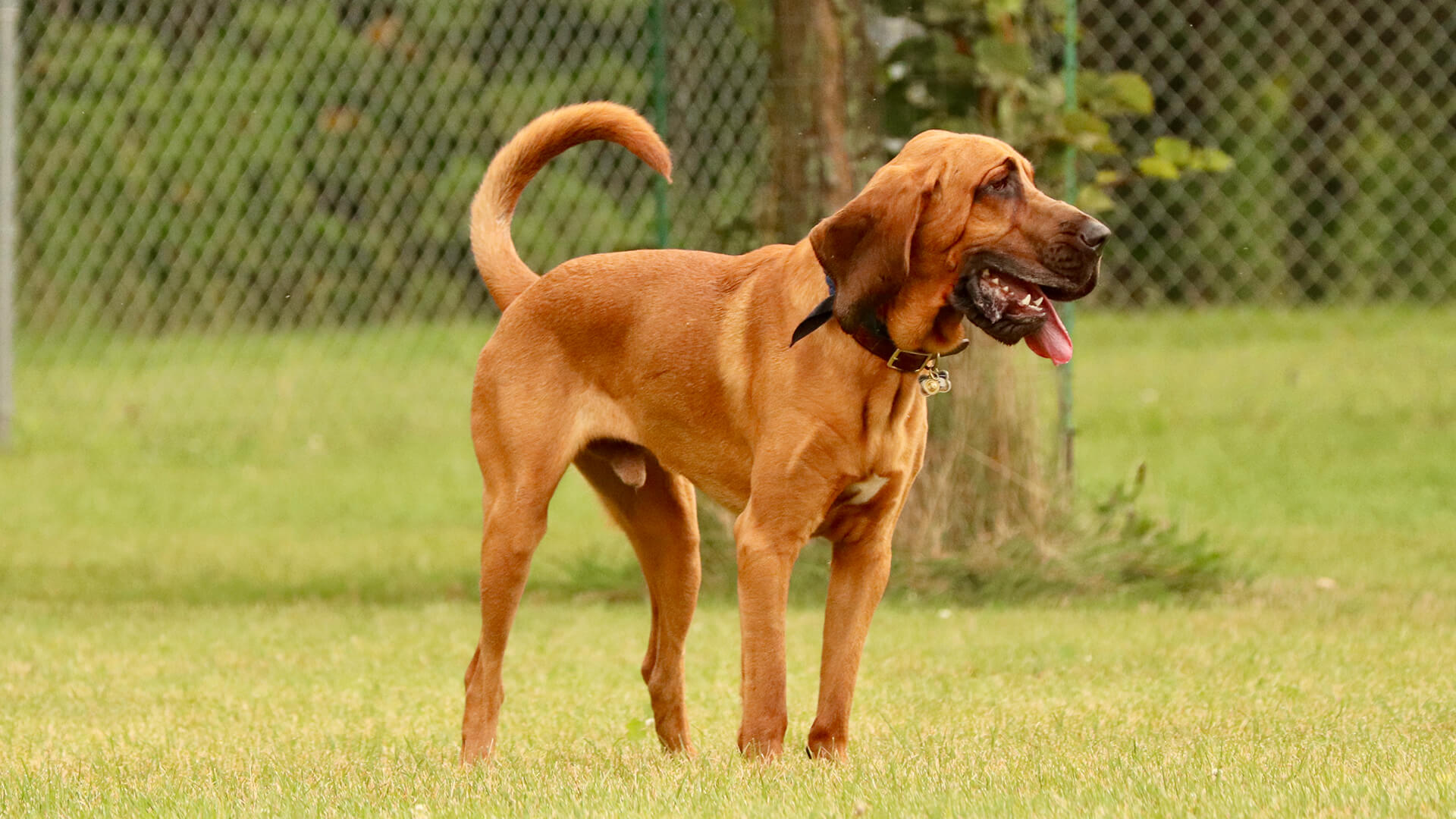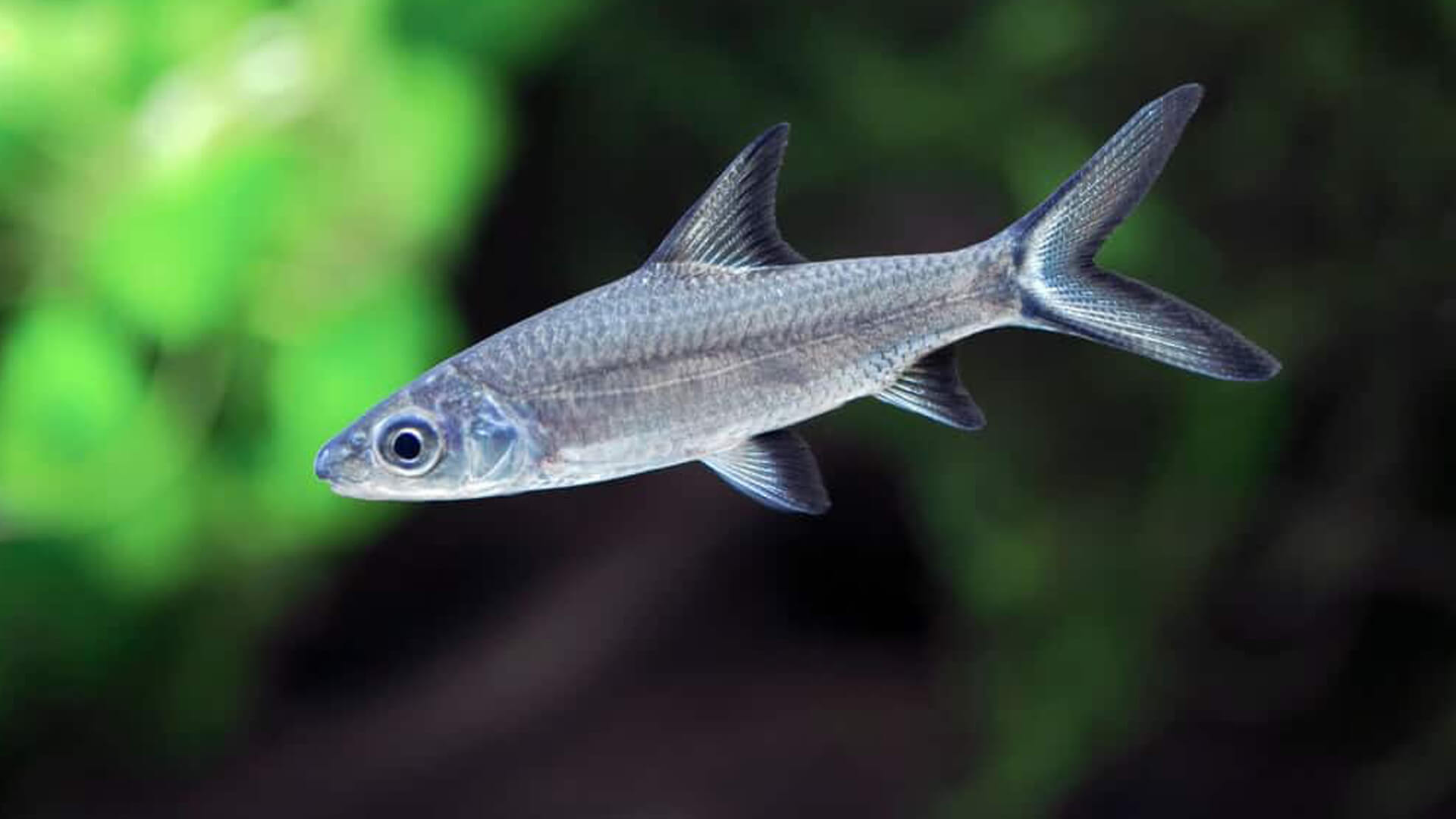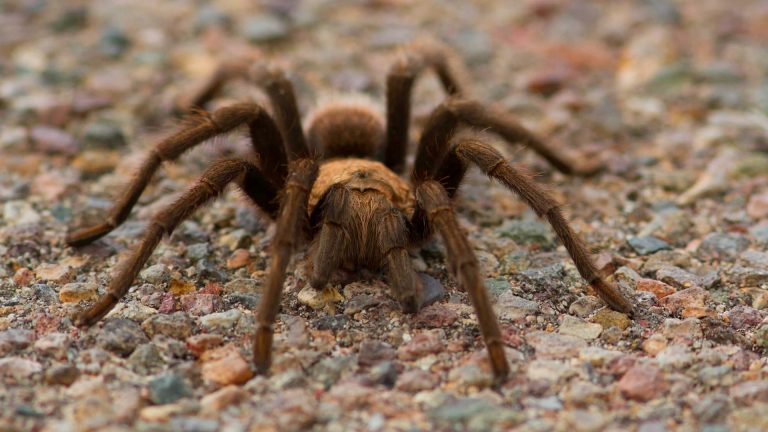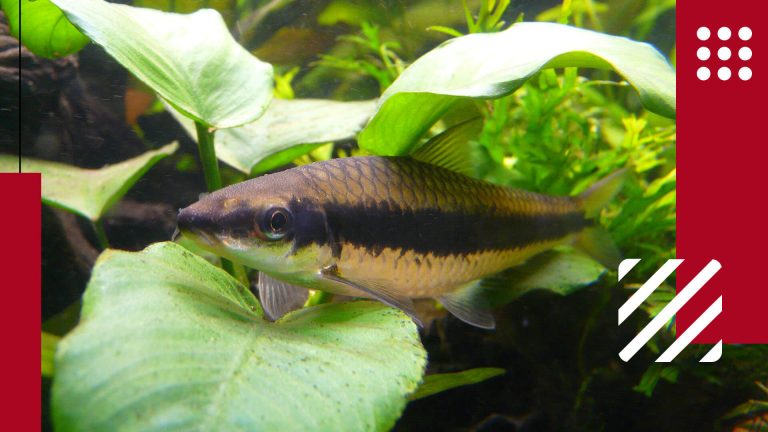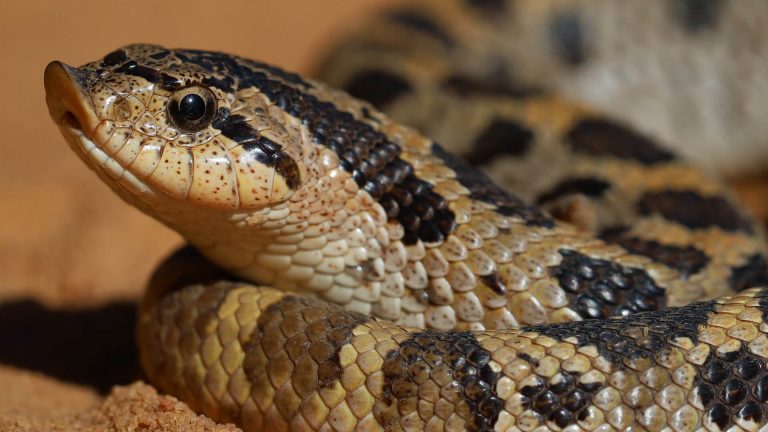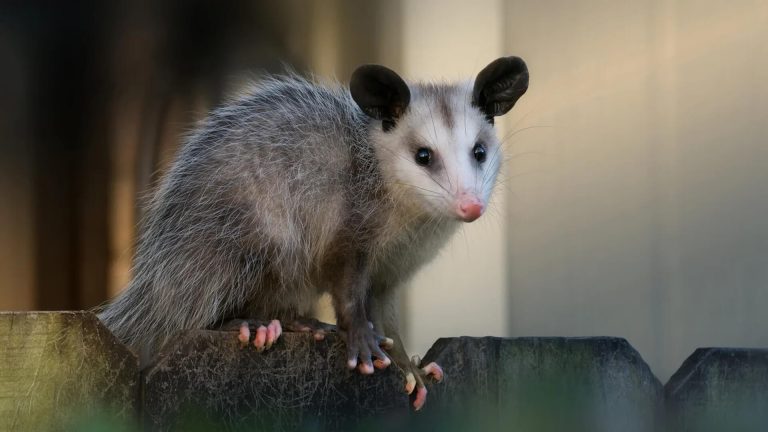Snakes are fascinating creatures that have been the subject of human curiosity and fear for centuries. From their unique physical characteristics to their impressive hunting abilities, these reptiles have evolved to be some of the most successful predators on the planet. Despite their negative reputation, many people keep snakes as pets, fascinated by their beauty and mystique. In this article, we will explore everything you need to know about owning a snake as a pet, including their diet, behavior, appearance, health risks, and habitat requirements. Whether you're a first-time owner or a seasoned reptile enthusiast, this guide will provide valuable insights into the world of snakes and how to properly care for them as pets.
Distinctive Features of Pet Snake
Pet snakes come in a wide variety of shapes, sizes, and colors, with unique features that make them distinct from one another. One of the most distinctive features of snakes is their elongated, limbless body covered in scales. They have a streamlined shape that allows them to slither smoothly through different environments, and their scales offer protection from predators and environmental hazards. Depending on the species, pet snakes can range in size from just a few inches to several feet long.
Another distinctive feature of pet snakes is their lack of ears and eyelids. Instead, they have a unique sensory system that allows them to detect vibrations and sense heat through specialized pits on their heads. This helps them locate prey and avoid predators even in the dark.
The type and pattern of scales on a pet snake's body can vary greatly depending on the species. Some snakes, such as ball pythons, have small, smooth scales that are tightly packed together, giving their skin a glossy appearance. Others, like corn snakes, have larger, keeled scales that give their skin a rougher texture.
Many pet snakes have brightly colored scales, such as the red, yellow, and black bands of the coral snake or the iridescent sheen of a rainbow boa. These colors can be used for camouflage or to warn predators of their venomous or poisonous nature.
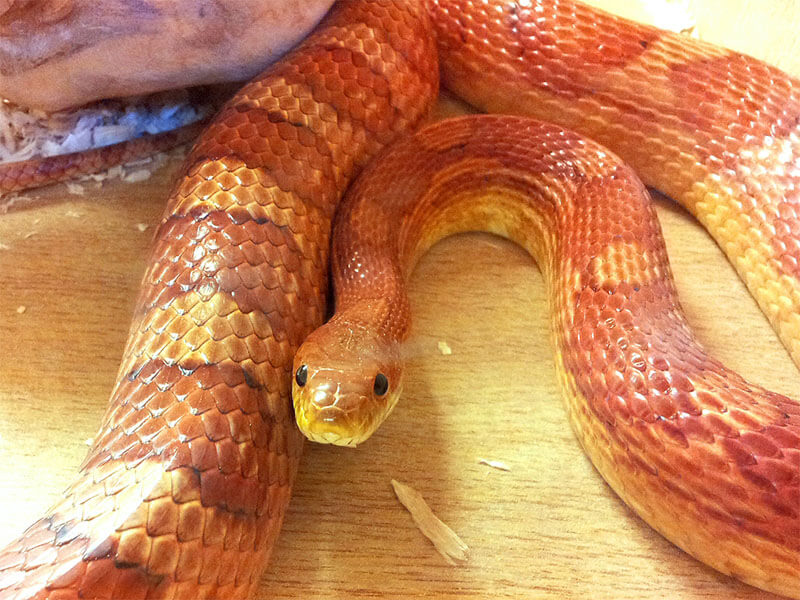
You can get a snake to be kept as a pet at reptile specialty stores which can be found through the Internet. Snakes live for a long time. For instance, a corn snake lives for 5-10 years whereas a ball python has a lifespan of 20-30 years; a king snake lasts for 12-15 years. Undertake research prior to getting a snake and ask yourself if you are ready for a long commitment.
Does a Pet Snake Feel Affection?
The feeling that snake will coil around if you keep one as a pet may give you creeps. Some pet lovers enjoy this type of bonding. The question is snakes show emotions and feel them. Generally, snakes hiss and coil when feeling is of hostility. However, a pet snake is not hostile except when threatened.
Snakes are loners without friends. They do not bond even mate. The looking after young is restricted and short. Thus, at no stage do they show emotions. They get habitual to the surroundings and carry the impression as safe and trustworthy. Any difference in the environment is disturbing to the snake. They then hiss, bit, or hide. It is a defensive behavior. Snakes spend their entire life on necessities such as eating, breeding, and surviving. Snakes are satisfied in the company of the owner and nervous with strangers around.
Snakes have no affection for humans and do not like to be handled. It is because they have no intellectual capacity. They learn to accept the owner as not threatening and move around the arms and neck in lazy movement. The pet snake will not cuddle but will sponge heat off the owner. Those snakes who have been brought up as babies permit the owner to see more of their personalities. Some snakes are aggressive while others are docile. Make allowances for your pet snake based on its personality. Snake telegraph its mood with body language. Learn to understand the signs like calmness nervousness.
Most snakes attack their prey. They lash out in situations when scared. It is not an attack. Owners are rarely attacked but nip in self-defense. Several snakes possess poor eyesight and survive through the sense of smell and heat receptors. In case after serving prey to a pet snake the owner does not wash hands and approaches the snake, the lingering smell will make the snake attack the owner.
Are Pet Snakes Friendly?
Snakes are not the right pets for everyone. Pet snake owners should be ready for commitment and consideration to the reptile. Snakes like to fall into routine and feel less threatened. Certain snakes like Iguanas enjoy being stroked on top of the head. Pet snake is not as responsive as dogs and cats but develops a bond with the owner. This happens over a period as nurturing continues. They are neither aggressive nor scared of the owner. When you hold a pet snake it will encircle you enjoying the body heat. Snakes have a sixth sense which is the detection of heat. However, they do not recognize people through it. They can differentiate between things about what to eat and what to leave.
Do not expect anything from a pet snake which it is incapable of doing. Snakes can’t recognize their owners. Snake's frontal lobes are small and weaker which is why weak memory. Added to all this, the sight and hearing are not strong thus cannot differentiate between people.
Different snakes have different activities and temperaments. As a beginner, you can keep corn snakes. It is more active than other species such as a ball python. Snakes are cordial and kind to those who it doesn’t perceive as a threat or food. This is all its friendliness. Respect the boundaries for the snake and keep it as a pet.
Which Snakes Are Best For Pets?
One should know the characteristics of snake species prior to selecting them as a pet snake. Species like corn snake, a ball python, rosy boas, gopher snake as well as California king snake are mild by nature and not likely to bite. Black racer snakes and reticulated pythons are considered aggressive and likely to bite if they get scared. It is better not to go in for unpredictable variety.
List of snakes that are best suited for pets:
- Corn Snakes: Corn snakes as a pet are in demand because of their disposition, availability and variant hues. These snakes as an adult are not very long and thus require a small enclosure. They have a long life.
- California Kingsnake: California kingsnake is skillful in killing other snake varieties and eating them. These snakes are popular among beginners. However, they can nip if unhappy. They grow nice and big measuring 3-4 feet in length. They require a bigger enclosure.
- Rosy Boa: Rosy Boa is in demand by the hobbyist. It is submissive and fully-grown measures about 4 feet. They go on to live for more than 25 years. All snake enclosures should be escape-proof.
- Gopher Snake: Gopher snake is easily available at an affordable cost. The length varies from 3-6 feet. Life longevity is more than 15 years. They need a spacious enclosure.
- Ball Python: A ball python is shy by nature. The enclosure for this snake should be humid. Female is longer than the male. Male measures 2-3 feet and female 3-5 feet. They live for more than 30 years. The mid-size enclosure is suitable for it.
How to Take Care of Pet Snake?
Taking care of a pet snake requires a specific set of responsibilities and knowledge to ensure that the snake stays healthy and safe. Here are some general guidelines for taking care of a pet snake:
Housing For Pet Snake
Snakes require a safe and secure enclosure that is appropriately sized for their species. The enclosure should provide enough space for the snake to move around comfortably and have a hiding spot or two. The temperature and humidity of the enclosure must be monitored and maintained at appropriate levels, which vary depending on the species of snake.
Handling: Snakes can be handled, but it is important to know the proper technique for the species of snake you have. Some snakes may be more aggressive or prone to biting than others, so handling should be done with caution and only when necessary.
Feeding Your Pet Snake
Snakes are carnivorous and require a diet of rodents, insects, or other prey items appropriate for their size and species. Live prey should not be left unattended with the snake, as it may attack the snake and cause injury. Feeding frequency varies depending on the species of snake, but most adult snakes eat once every one to two weeks.
Water: A clean and fresh water source should always be available in the enclosure. Snakes may drink from a bowl or misted water droplets on the enclosure walls.
Health Concerns of Pet Snake
When it comes to keeping a pet snake, it is essential to take care of their health to ensure they live a long and healthy life. Here are some common health concerns to be aware of:
- Skin infections: Snakes are susceptible to skin infections due to poor hygiene or living in unclean environments. Signs of a skin infection include blisters, scabs, and redness.
- Respiratory infections: Respiratory infections are common in snakes, especially if they are kept in damp or cold environments. Symptoms include wheezing, coughing, and nasal discharge.
- Parasites: Parasites like mites and ticks can infest snakes and cause a variety of health issues. Regular checkups and treatments can prevent parasite infestations.
- Obesity: Overfeeding can cause obesity in snakes, leading to health issues like heart disease, liver problems, and shortened lifespans.
- Mouth rot: Mouth rot is a bacterial infection that affects a snake's mouth and gums. It can cause abscesses, difficulty eating, and even death.
- Metabolic bone disease: Metabolic bone disease is caused by a lack of calcium and vitamin D in a snake's diet. It can lead to bone deformities, weakness, and even death.
To prevent these health concerns, it is essential to maintain a clean and healthy environment for your pet snake. This includes regular cleaning of their enclosure, providing a healthy and balanced diet, and monitoring their behavior and physical condition.
What People Are Reading:
Frequently Asked Questions About Pet Snake
Some generally asked questions about pet snake are answered below:
Are pet snakes dangerous?
The non-venomous snake variety is chosen as pets. They are docile and not likely to bite unprovoked. The chances of snake biting are more when the snake is shedding or is unwell. Snakes attack food and are unlikely to attack the owner. A hungry pet snake will lash out at the owner as well. There are snakes that are nervous and opposing and the chances of their biting are more. Others are composed and docile and these pet snakes may not bite during their lifetime. Once the pet snake owner understands the temperament and body language it is easy to handle the reptile. Assess the mood of the pet snake before you put your hands in the enclosure. With some precautions, the pet owner can rear up a snake without being bitten.
What to know before keeping a pet snake?
Pet snake is a solitary being, they do not relish crowds and loud noises. It is advisable to keep a single snake per habitat. Handle the pet snake to the merest as they are not touchy affiliates. It is best to handle your snake for 5-minutes every day, so they get used to human contact. The characteristic of a snake is they prefer consistency as well as routine. Maintain the same routine for changing water, cleaning the tank, and feeding times.
Snakes similar reptiles are carriers of Salmonella, if convey to the owner or children in the family can make you or your kids sick. Ensure you wash your hands after each handling of the snake.
Make yourself ready for the pet snake. You should be ready to feed prey creatures to your pet snake. You have the choice of feeding the snake frozen pre-killed prey animals like rodents. For this, you need to allot freezer space.
Snakes do not have the same social behaviors as dogs or other domesticated animals, and cannot be trained in the same way. However, they may become more accustomed to human interaction with regular handling and may become more tolerant of being handled over time. It is important to approach them calmly and to always be aware of their behavior and body language.



